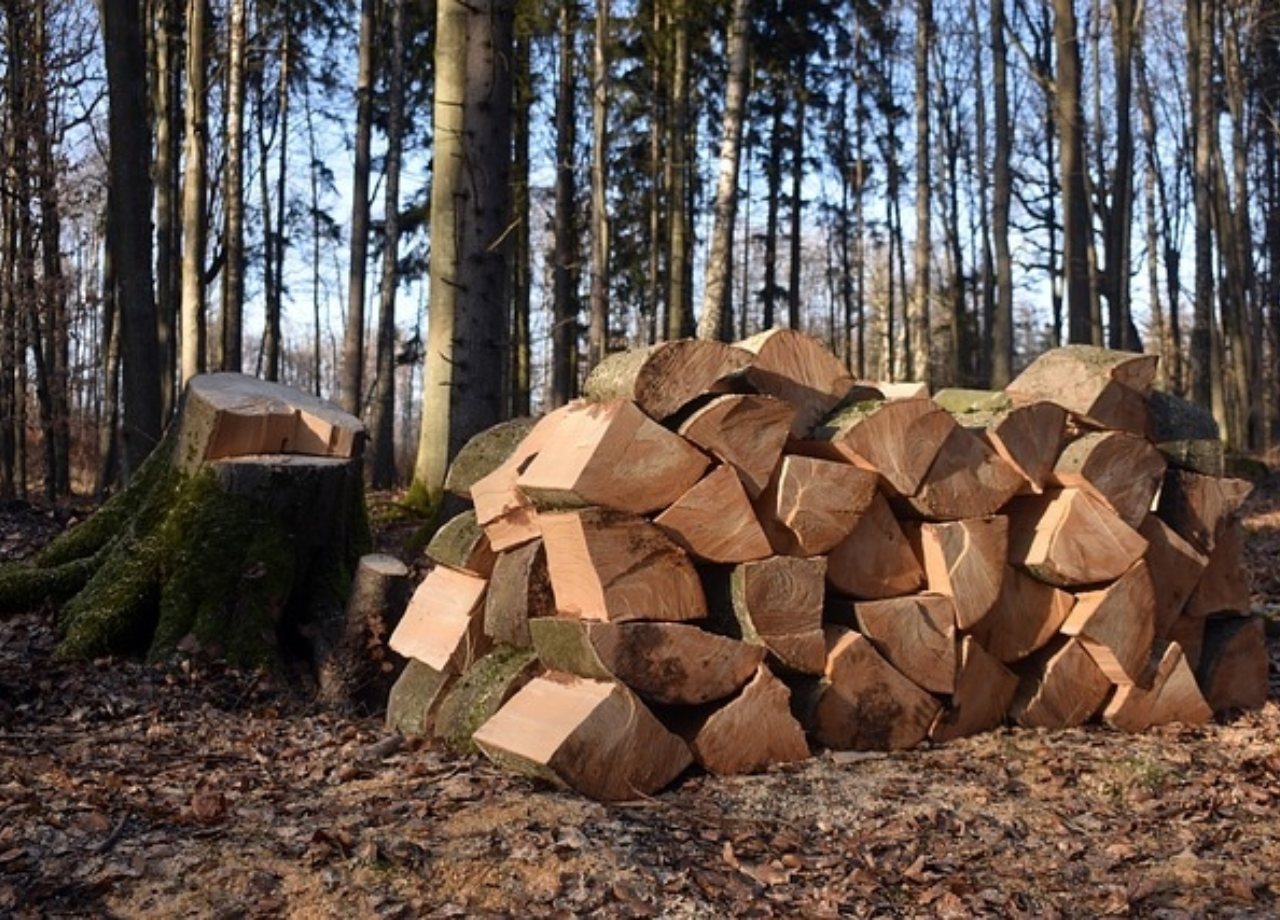Q2 Timber Prices Reflect Regional Weather Extremes
Ice Storm, Fires, and Rebound Shape Q2 Timber Prices.

Stumpage prices reported to Forest Data Network by public and private sources in the Lake States reflected the broadly different natural conditions in different states during the second quarter of 2025.
A huge ice storm in Michigan covered much of the Northern part of the Lower Peninsula and edged into the U.P. as the first quarter ended. The impacts of the storm created a huge volume of salvage wood on the forest floor. But it also impeded normal logging operations with downed trees obstructing activity broadly and other road-related damage, including downed power lines and shrinking harvest volumes for the quarter in the state.
The Minnesota fire situation was not as massive in geographic area, being largely localized in the Arrowhead Region in the state's Northeast. As such, there was no notable impact on volumes reported to FDN. Total volumes reported increased by 4% throughout the state over the second quarter of 2024.
Michigan’s storm effects did not necessarily bring lower harvest volumes, particularly in the northern portion of lower Michigan. Maple and oak prices were higher in many areas due in part to supply limitations. Prices in much of the U.P. were not affected in a meaningful way.
Wisconsin’s quarter showed a return toward normalcy in harvest volumes from the First Quarter of 2025. Warm and soggy winter conditions had limited harvests in the first quarter. Then demand rebounded dramatically, pushing prices up for hardwoods as inventory restocking occurred.
The price-winning species was birch, where sawlog prices almost doubled from the 2024 second quarter. Birch tends to be a low-volume species, so a modest boost in demand can move prices strongly.
Price increases in many regions moved lower in the Wisconsin softwoods world, where both pine and spruce prices slumped.
